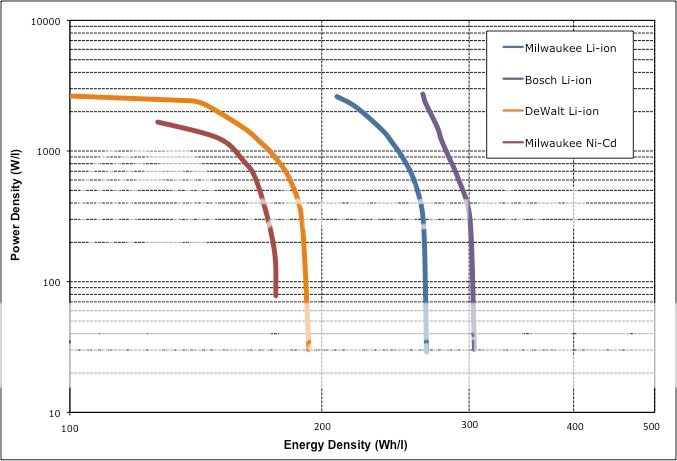65535
Flashlight Enthusiast
cane be had at horizonhobby.com, and they are coming out with you guessed it 18650 sized cells in 2 packs, for outrageous amoutns of electricity. For the story:
This weekend is the RCX (Remoted Controlled Expo) and A123 decided to send a couple reps. to go to horizon hobbies booth, well after talking for 15 minutes I feel enlightened more about lithium cells, A123 systems will not ignite without external combustion, they have excellent high current charging and discharging capacity, 30C continuous and 60C intermitten. Plus 5C charging you heard right 15 minute charging. They have their standard large cell, but are also going into smaller 18650 sized cells, but for the bad news they are only 1.1mAh capacity, so you basically are getting 17500 performance, but on the bright side you can drain them at up to 33amps continuous, and 66 intermitten, and for you USL guys the larger cells can sustain 69 amps and peak at 138 amps, so now you have the ultimate 15 minute charge 2 minute discharge extreme light, with 100's of cycles. They currently aren't pracitcal for long runtime lights, but are excellent for Show offs and other high short drain usage.
QUestions?
This weekend is the RCX (Remoted Controlled Expo) and A123 decided to send a couple reps. to go to horizon hobbies booth, well after talking for 15 minutes I feel enlightened more about lithium cells, A123 systems will not ignite without external combustion, they have excellent high current charging and discharging capacity, 30C continuous and 60C intermitten. Plus 5C charging you heard right 15 minute charging. They have their standard large cell, but are also going into smaller 18650 sized cells, but for the bad news they are only 1.1mAh capacity, so you basically are getting 17500 performance, but on the bright side you can drain them at up to 33amps continuous, and 66 intermitten, and for you USL guys the larger cells can sustain 69 amps and peak at 138 amps, so now you have the ultimate 15 minute charge 2 minute discharge extreme light, with 100's of cycles. They currently aren't pracitcal for long runtime lights, but are excellent for Show offs and other high short drain usage.
QUestions?









